|
MUSCLES: ' Where are these canine "kitty-corners" that you speak of? What are these special "corners"? I didn't know that humans have something named after us!!! '
MUSCLES: ' Well, well!---Power to us pooches! And I bet these canine teeth have important special functions like we dogs do? Right? ' Dr Skerpan: You're right on the nose again, MUSCLES! In the most simplest of explanations---there are at least 7 Major Functions of human canine teeth. 1. Help Fit the Teeth within the Curved Jaw-Arch: As discussed above, the canine's tooth-shape and "kitty-corner" position allows teeth to "transition" smoothly from back-molars to front-incisors. Furthermore, the canine teeth are crucial in forming the left and right "kitty-corners" in the upper & lower U-shaped arches. 2. Eating & Chewing: The back-teeth have top-horizontal-surfaces with cusps to bite & crush food. The front-teeth are thinner with each one having a top-incisal-edge and no cusps. These incisal-edges are sharp for cutting food. It has been said that the canine tooth serves as both a back and a front tooth. It has a single, pointed cusp, but this cusp is thinner than the back-teeth cusps. The four human canines are slightly more pointed & longer than the other teeth in the mouth-- and they are used for both biting and tearing food. 3. Speaking: Together with all their neighboring teeth, the canine teeth help the tongue & lips form sounds and enunciate speech clearly. The tongue presses against the hard teeth within the U-shaped arches to do so--and the tongue is held within these arches by them! 4. The Smile: Along with the front-teeth for cutting food, the canines are considered part of the front-teeth for the smile's shape. They are an essential & integral part of the front ensemble for an aesthetically pleasing smile. 5. Long Length of Root: Considering the full tooth's length, the canine's root is the longest root for it's crown size of any tooth. It's root-length is very long relative to it's crown-height, which gives it structural strength at the "kitty-corner" arch (see the pictures below). Because the canine tooth can function as both a back and a front tooth, the impacts to it are frequent & forceful. It requires great anchoring strength to act in the corner position of an arch---AND for sustaining the frequent biting and side-to-side forces (see below 7. The "Bite & Chewing). 6. Facial Form & Contour: Both the length of the canine root and it's "kitty-corner" position in the jaw help determine the structural shape of the jaws' arches. The jaw-bone's curved corners help define and sustain the external facial form & contour! If a canine is removed and the bone is lost, of course the facial features will be altered! MUSCLES: ' Again!!! The bone needs the tooth to survive--and the tooth needs the bone to survive!! It's deja-vu all over again! However in this context, the teeth and bone have a symbiotic relationship crucial for sustaining the outside facial structure too! How about the 7th Major Function of the human canine teeth? ' 7. The "Bite" & Chewing: Overly simplified & ideal-- A lot is required of the canine teeth in the functioning of the teeth together. In closing the jaws together, the canines can hit with the force of back-teeth. Ideally in sliding to the sides, the canines help take the force in separating the back-teeth. The canines also can take quite the force in sliding forward to the front tip-to-tip position. The canines can help guide the jaw forward---i.e., by being a longer tooth, the canines can prevent the jaw from sliding beyond the arches' perimeters as it travels forward. The jaw works within the curved ranges allowed by the teeth AND right & left TMJs (or Temporo-Mandibular-Joints. See VIDEO @ DR SKERPAN-MISSION- VIDEO). The two TMJs are "ball-joints" which must function within the range defined by the arches' borders--and within the borders defined by the teeth. Likewise, the teeth cannot veer any farther than these "ball-joints" allow. (But more on the functioning of teeth and TMJs in our next dental-blog!) The canines are crucial in their longer-shapes & "kitty-corner" positions for helping the TMJs' motions keep within the range of the teeth. In other words-- as the jaws and muscles move forward & to the sides, the canine "kitty-corners" help guide these movements so the TMJs, muscles & teeth do not stray beyond the arches' borders. In addition, the canines provide protection for the back & front teeth. Ideally, the canines help guide and separate the back & front teeth as thy slide side-to-side & all-around (see the pictures below). ( 8. Minding those "Canines": It should be noted here---all four canines are obviously SO-O-O important for the integral functioning of the occlusion. Since they are "the protectors" of the back biting-teeth AND the front thinner-teeth---they can be (and should be) observed, monitored & properly treated over time (if need be). ) MUSCLES: ' Just sayin'. Always be mindful of your canines. Just sayin'. Luv 'em and take care of 'em along the way. ' 🐾🐾  MUSCLES: ' Well, I must say--this is one time we canines and kitties do work very well together! Maybe we're more "furr"-iends than I thought! We both can have great "paws"itive effects on the human world in more ways than thought "paws"sible! Who knew? ' ' Let me summarize the 7 canine functions described above. ' 1. Canines have the shapes to be at the "kitty-corners" of the curved jaw-arches. 2. They can bite food with the back-teeth, yet tear food with the front-teeth. 3. With their neighboring teeth, they serve to be stops for the tongue in speaking. 4. As front-teeth, they help determine the smile's aesthetics. 5. Having the longest root-lengths of any teeth, they have great bone anchorage. 6. They have shapes & positions to help form the external facial form & contour. 7. Canine teeth provide protection for back & front teeth---the canines guide & separate these other teeth as they slide side-to-side & all-around. ( 8. So-o-o important are your canines, that they can be attended to if they do not function properly over time. )
0 Comments
|
Author
|








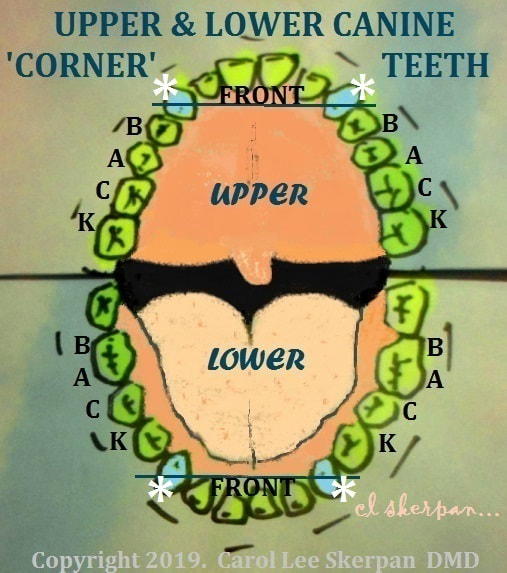



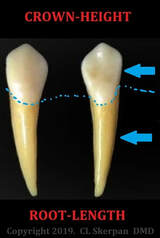
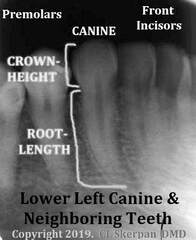


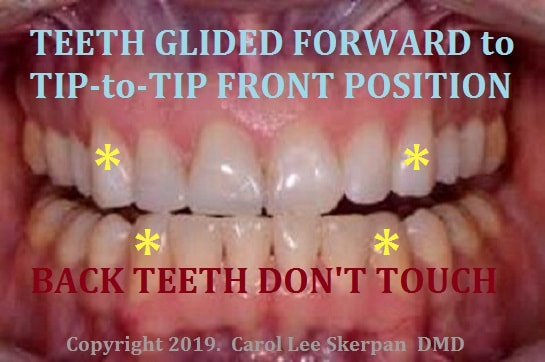
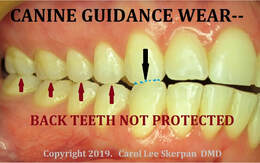
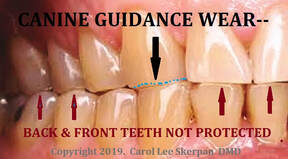






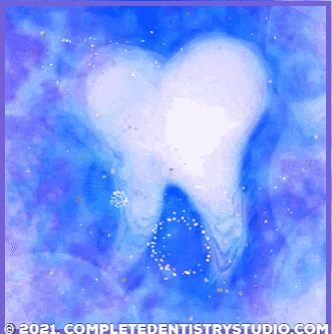





 RSS Feed
RSS Feed